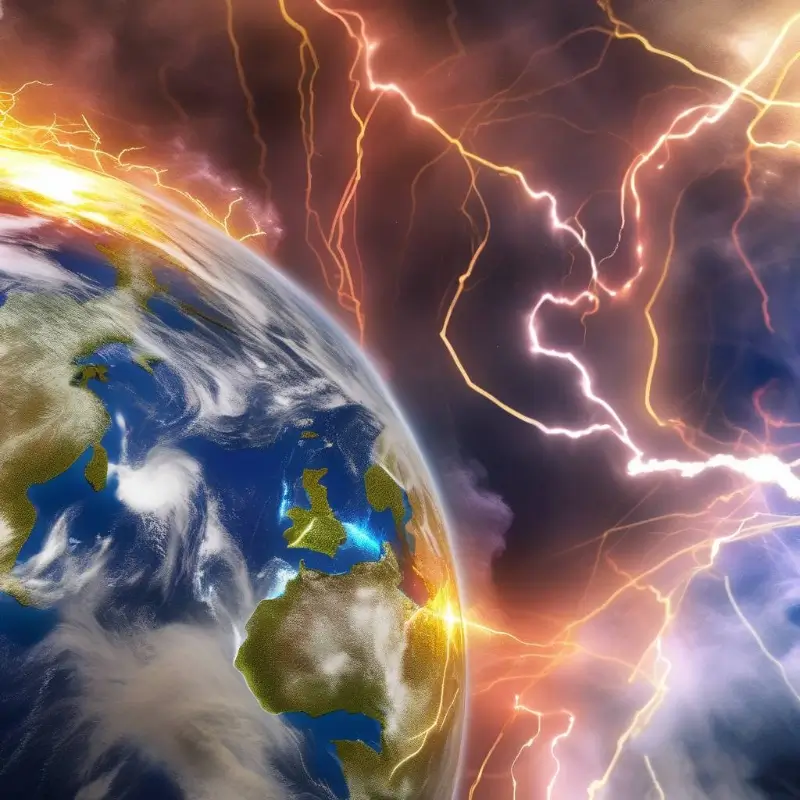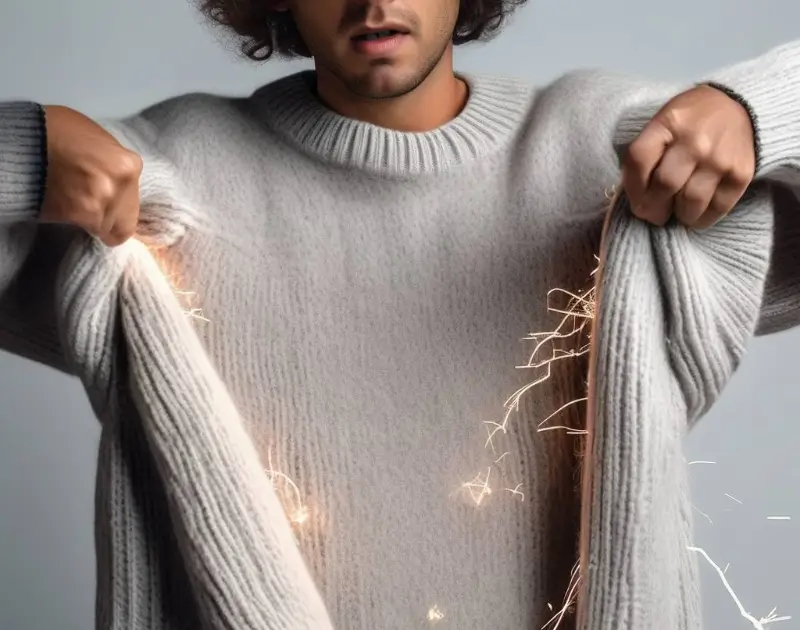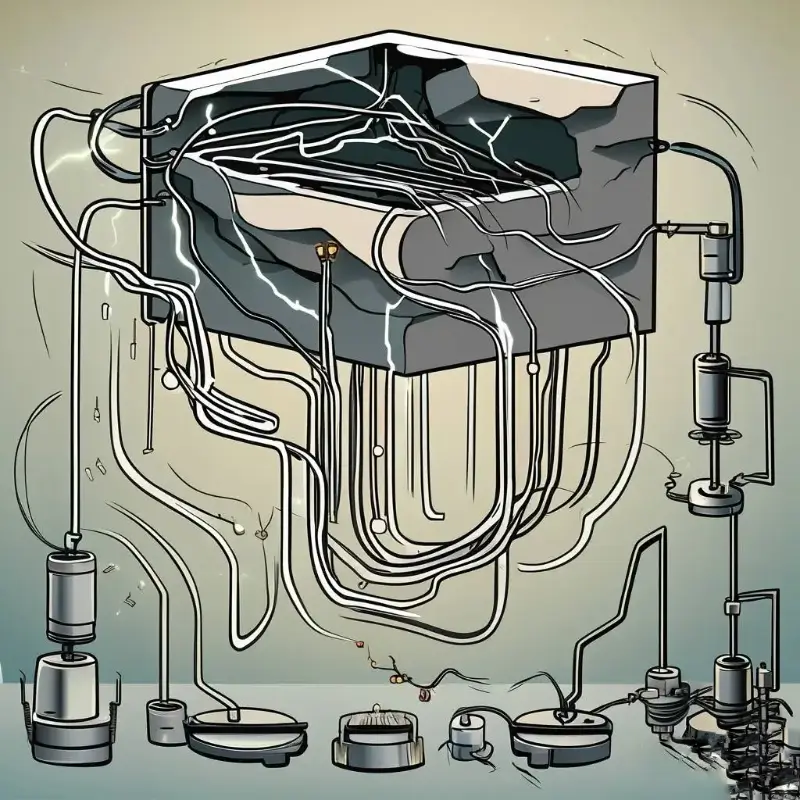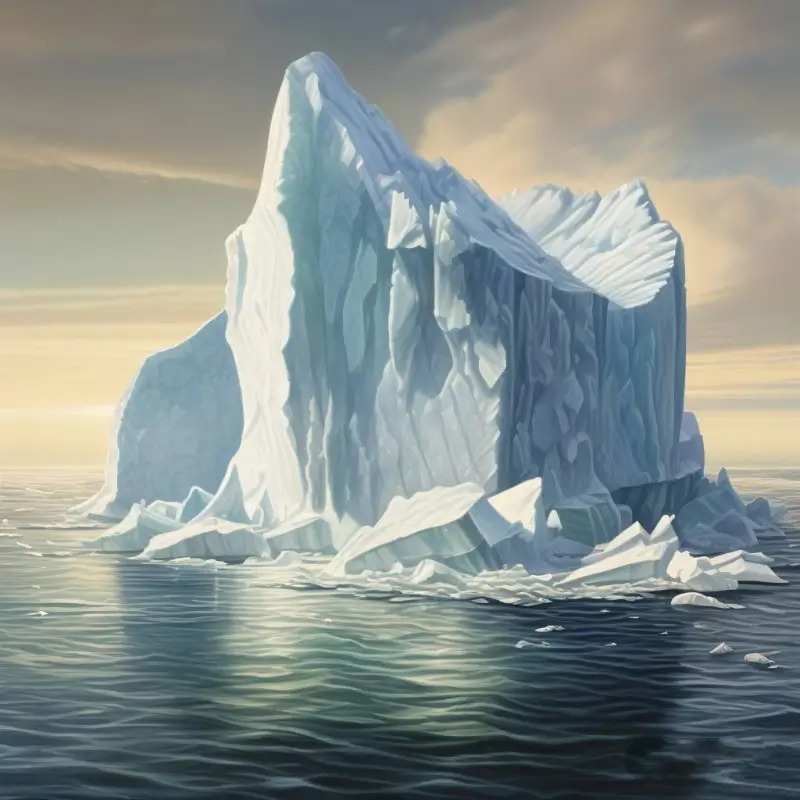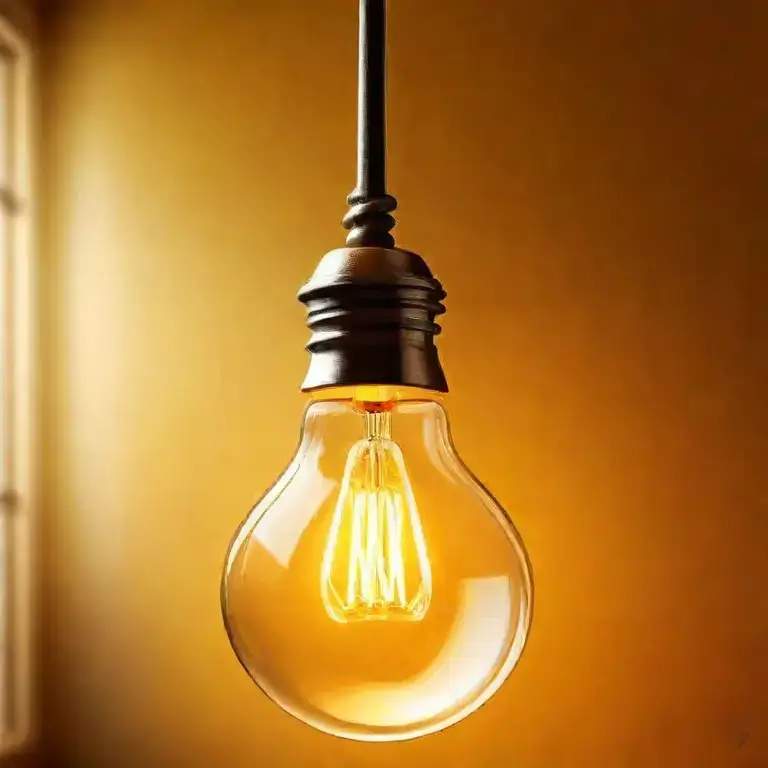why do flames have different colors?
Flames have different colors due to the chemical reactions taking place within them and the different temperatures at which these reactions occur. Here’s a breakdown of some of the factors that contribute to the variety of colors in flames: In summary, the colors of flames result from the different energy levels of atoms and molecules […]
